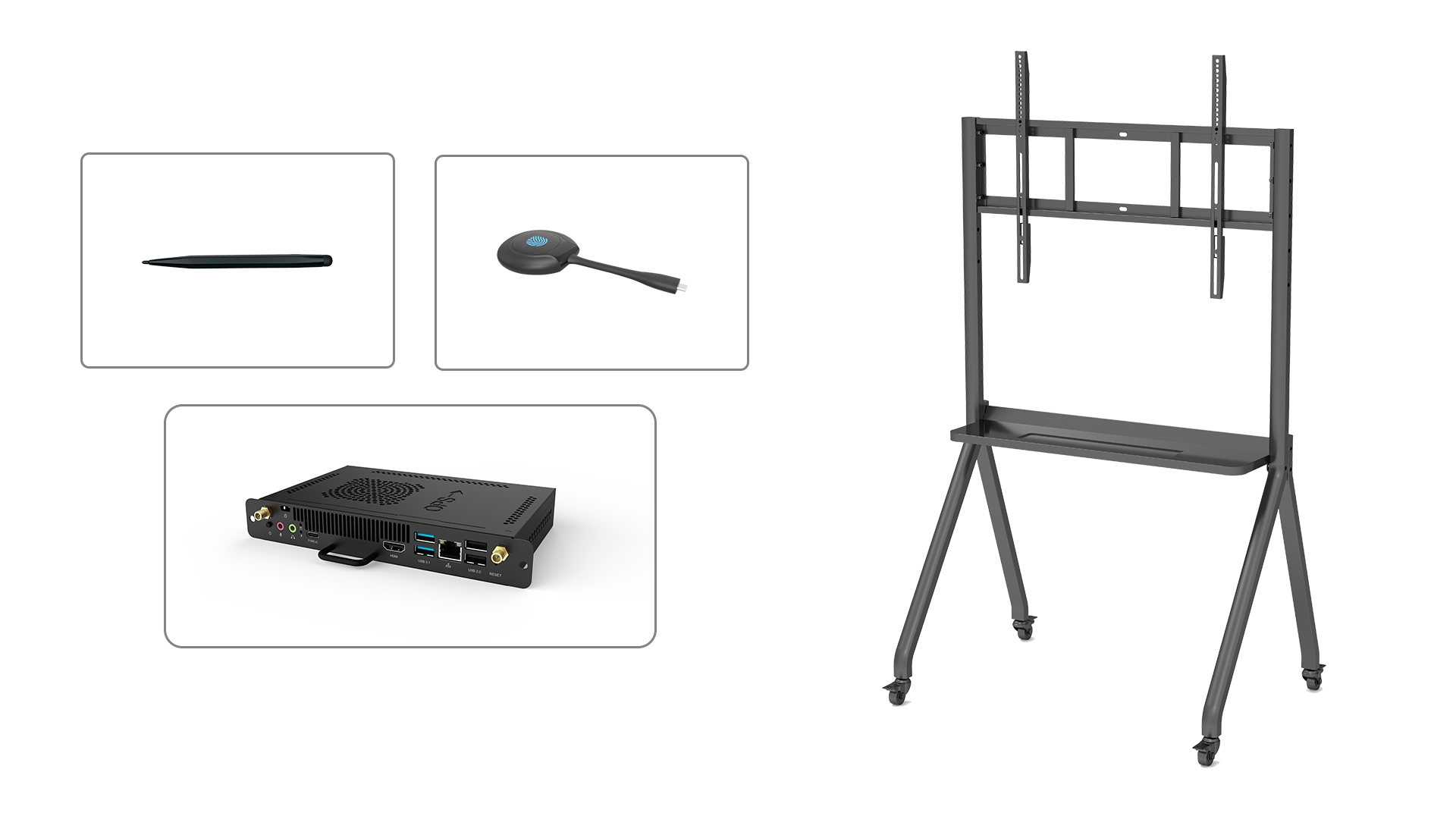As an e-commerce seller, you understand the importance of captivating your audience and providing an immersive shopping experience. One effective way to achieve this is by incorporating interactive displays into your business strategy. In this article, we will explore the benefits of interactive displays for businesses and how they can help enhance customer engagement and ultimately boost sales.
What is an Interactive Display?
An interactive display is a technological device that allows users to interact with digital content through touch, gestures, or other forms of input. These displays are commonly found in retail stores, trade shows, and exhibitions, but their applications extend to various industries.
Benefits of Interactive Displays for Businesses
1. Captivating Visual Experience: Interactive displays offer a visually stunning experience that captures the attention of customers. Through vivid images, videos, and interactive elements, businesses can showcase their products in a more engaging and memorable way.
2. Increased Customer Engagement: By providing an interactive platform, businesses encourage customers to actively participate in the shopping experience. This engagement leads to increased time spent interacting with the brand, resulting in a higher likelihood of making a purchase.
3. Personalized Product Exploration: Interactive displays enable customers to explore products at their own pace and in a more personalized manner. They can browse through different options, view product details, and even visualize how the product would look in real life.
4. Interactive Product Demos: For businesses offering complex or innovative products, interactive displays provide an opportunity to showcase their features and functionalities in a more interactive and intuitive way. Customers can experiment with the product virtually, gaining a better understanding of its capabilities.
5. Data Collection and Analytics: Interactive displays can gather valuable data about customer interactions and preferences. This data can be utilized to understand customer behavior, optimize marketing strategies, and tailor future product offerings.
Implementing Interactive Displays in Your Business
When incorporating interactive displays into your business, it is essential to consider the following:
1. Define Your Objectives: Clearly outline your goals and objectives for implementing interactive displays. Whether it is to increase sales, improve customer engagement, or gather data, having a clear vision will guide your strategy.
2. Choose the Right Technology: There are various types of interactive display technologies available, such as touchscreens, gesture-based interfaces, and augmented reality. Evaluate your specific needs and select the technology that aligns with your business requirements.
3. Design an Intuitive User Interface: The success of an interactive display relies on its usability. Ensure that the user interface is intuitive, easy to navigate, and visually appealing. Consider the target audience and design a user experience that caters to their preferences.
4. Regular Maintenance and Updates: Interactive displays require regular maintenance to ensure optimal performance. Keep the software up to date, fix any technical issues promptly, and periodically refresh the content to keep it relevant and engaging.
Conclusion
Interactive displays have become a powerful tool for businesses to captivate customers, improve engagement, and boost sales. By incorporating interactive displays into your business strategy, you can create a visually stunning and personalized shopping experience that leaves a lasting impression on your customers. Remember to define your objectives, choose the right technology, design an intuitive user interface, and regularly maintain and update your displays to maximize their impact.






